If you have been following developments in the L-Mount world, you have probably heard of the Lumix S5II. Commentators often refer to it as a stepping stone to the more prestigious, and much more expensive, Leica SL-cameras. But, increasingly, the camera is being viewed as an outstanding performer in its own right. In fact, if you were to buy one of these puppies, why would you ever need that Leica upgrade? Let’s have a closer look at this superb piece of kit.
Here’s a pop quiz to start your day. Which camera brand has a five-letter name, beginning with ‘L’, is a manufacturer of world-class L-Mount cameras and lenses, and is based in a non-English-speaking country renowned for manufacturing some of the world’s most highly regarded automobiles?
The answer, of course, is Lumix, the Panasonic digital camera brand. Leica would have been an acceptable answer too.
Lumix, Leica, L-Mount Alliance, L2 partnership: quite a lot of ‘L’s to go around.
Leica-Panasonic partnership
Leica and Panasonic have enjoyed a technology-sharing partnership for many years. Perhaps this relationship led Panasonic to adopt Leica’s L-Mount system for a new range of full-frame cameras, introduced in 2019. The S1 cameras offered photographers a cheaper, but nevertheless well-equipped, alternative to Leica’s SL series, introduced in 2015. Subsequently, in August 2020, Panasonic came up with the very competent S5.
The S5, in particular, also offered something extra: a smaller, lighter, full-frame L-Mount camera option. This was particularly relevant for users who found the Leica SL, and its successor, the SL2, too heavy and cumbersome. The Macfilos team all own, enjoy, and have written about the Lumix S5.
In January 2023, it was succeeded by the Lumix S5II, the subject of this article. The Lumix S5IIx, launched six months later, is geared more to videography, and so less relevant to typical Macfilos readers. Mind, you, its all-black visage is a refreshing change from most mirrorless cameras — rather reminiscent of the Leica SL2-S. I know that many buyers have paid the extra couple of hundred for the x-version on that score alone.
Judging by a raft of recent articles, enthusiasts are no longer caricaturing the S5II as a ‘poor man’s’ Leica SL-series camera. Professional photographers are recognizing its many strengths, and its ability to compete with the juggernauts of the full-frame digital camera world. Only in sensor resolution, currently 24 megapixels, can it be considered less professional than the current crop of mirrorless range toppers.
Several improvements over the first-generation Lumix S5 are driving this greater appreciation.
Lumix S5II — upgraded where it counts
Firstly, Panasonic incorporated phase-detection-based autofocus (AF) alongside the depth-from-defocus technology used in the earlier model. This hybrid AF approach required a new 24 megapixel full-frame sensor, featuring a 779-point focus detection system. It offers the best of both worlds, delivering sharp focus for both still and moving subjects.
The result has been a massive improvement in AF performance and the ability to select AF options for specific subject types. Panasonic has therefore moved up many places in the AF performance league table when compared with other major brands.
The Lumix S5II also possesses an improved, five-axis image-stabilization (IS) system. Co-developed with Leica, the Active IS system employs a brand-new image processor. It uses machine learning algorithms to anticipate, detect, and compensate for camera motion. The system is particularly good at dealing with motion resulting from movement of the photographer.
Finally, the camera’s EVF is significantly better than its predecessor — a regular point of criticism from S5 owners. The S5II possesses a brighter, higher-resolution, 3,680k OLED viewfinder.
The upgrades listed above built upon what was already an attractive package.
Lumix S5II — it’s not a Leica
Although it differs from the minimalist Leica style, I have found the button and dial layout of the camera very user-friendly. Commonly used controls for aperture, ISO, exposure compensation, and light balance are all easily accessible. The articulating rear screen significantly increases the utility of the camera for both elevated and low-to-the-ground subjects. Users can also conceal it completely if they prefer a screenless experience.
I do not typically shoot video, and so cannot offer first-hand perspective on the S5II’s performance in this arena. However, online reviews regularly cite its impressive video-recording capabilities.
There are many excellent reviews of the camera available online. I have included links to a number of these below.
Show me the money
The Lumix S5II currently retails for $1,799 in the United States. A kit bundle, including the outstanding Lumix 20-60mm f/3.5-5.6 zoom and Lumix 85mm f/1.8, retails for $2,195. I have personal experience with both lenses and they are very impressive.
Some of the examples in this article were taken with the equally impressive Panasonic Lumix S 24-105mm f/4 Macro O.I.S.
So, what does its distant cousin in the Leica stable, the SL3, offer beyond the Lumix S5II? In particular, what does a user get for that significantly greater outlay in hard cash ($6,995 for body only)?
As someone familiar with its predecessor, the SL2, I see several features that I value greatly in the Leica offering.
First, its 47 megapixel sensor. As well as delivering superb images, I find this very useful for cropping images to increase effective focal length. This is especially valuable when travelling with a limited-range zoom lens.
Next, the incredible EVF. Both brightness and resolution are excellent. I can also toggle between user profiles at the push of an unmarked button. This allows me to use different configurations of capture assistants dependent on situation.
Furthermore, the very informative LCD display on the top plate. Just by looking down on the camera, I can quickly see its current aperture/shutter speed, ISO configuration.
A feature I find especially useful is the camera’s hybrid manual/autofocus system. I can achieve pinpoint accuracy in manual-focus mode using the joystick at the camera’s rear. If I aim the focus point at the subject, then press the joystick, the target clicks into sharp focus. This is such a cool feature.
Finally, The Leica SL-series cameras offer a minimalist, highly customisable user interface that appeals to many photographers, including me. Users can configure the camera to perfectly suit their shooting style via their unlabelled, programmable buttons and dials.
One potentially important edge that Leica SL-series cameras are said to have over their Lumix congeners is when used with M-lenses. Apparently, unlike other manufacturers, Leica has optimised their sensor to be fully compatible with their M-lenses, which can be mounted using an M-to-L adapter. I have never encountered any issues when photographing with M-lenses on a Lumix S5, but it would be helpful is anyone is able to elaborate on this point via the comment section.
An easy choice?
So, in my view, the Leica system offers several advantages over the Lumix S5II. However, these come at significant increases in cost, weight, and size.
For many enthusiast photographers, and even many professional photographers, the cost of a Leica SL-series camera is prohibitive. I, and many others, consider the Lumix S5II to be a compelling alternative, and probably the only L-Mount camera you will ever need. And, even if you are devoted to your Leica SL2 or SL3, what better second body could you wish for than a Lumix S5II or, even, the previous S5, which is even cheaper.
A new member of the Panasonic Lumix S-series
Very recently, Panasonic introduced the S9. This camera shares many features with the S5II, but in a lighter, more compact package. We at Macfilos, together with many online reviewers, covered its launch extensively. Slightly less expensive than the S5II, the S9 lacks an EVF, mechanical shutter, and hot shoe. As a result, many photographers are likely to prefer the S5II, which offers a much more compelling set of features, albeit at a modestly higher price.
Here are a couple of links to recent reviews of the S5II.
Digital Camera World 5-Star review of the Lumix S5II
The Lumix S5II: It’s really good:
Benj Haish Lumix S5II review:
Do you have any experience with the Lumix S5II, or its predecessor, the Lumix S5? Have you tried using Leica M-lenses with either of these cameras, and if so, how did it go? Would you consider switching from a Leica SL-series camera to the Lumix S5II in order to lighten your load? Let us know in the comments below.
Want to contribute an article to Macfilos? It’s easy. Just click the “Write for Us” button. We’ll help with the writing and guide you through the process.

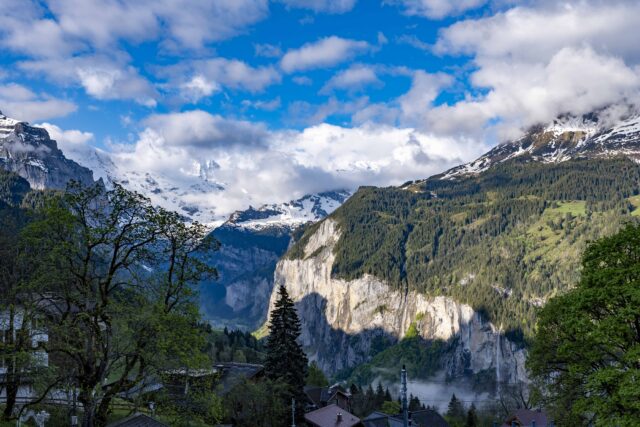
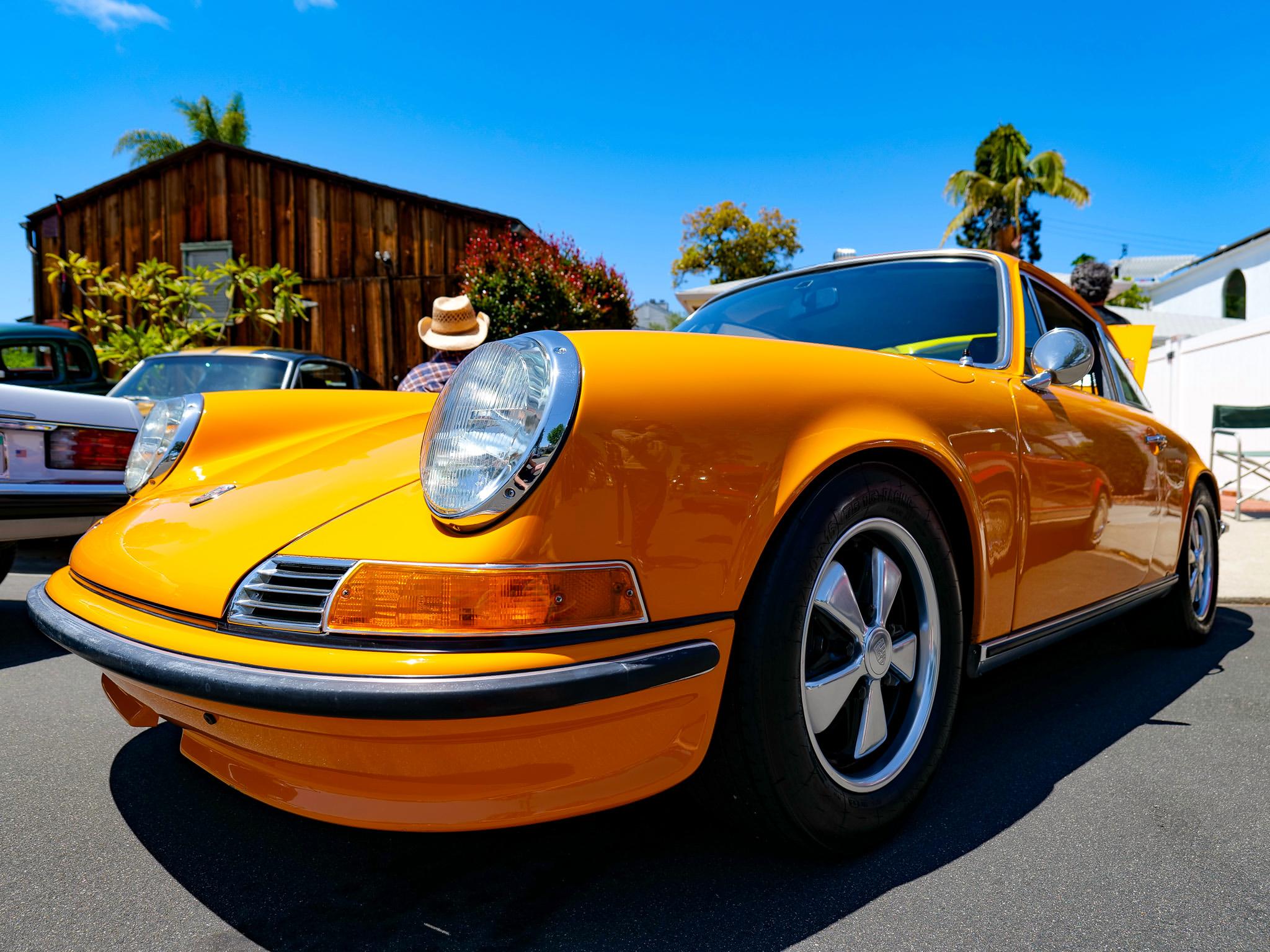

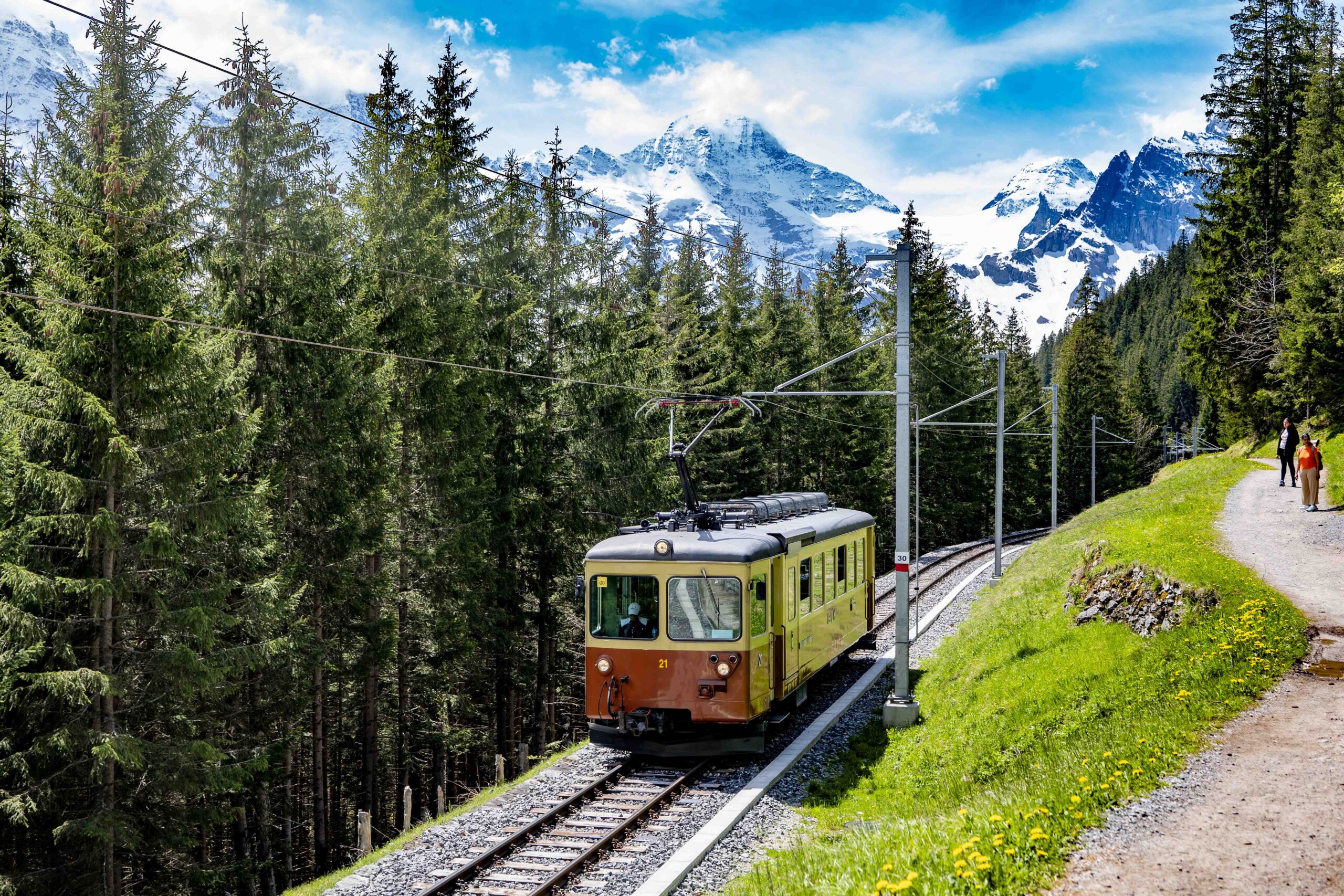

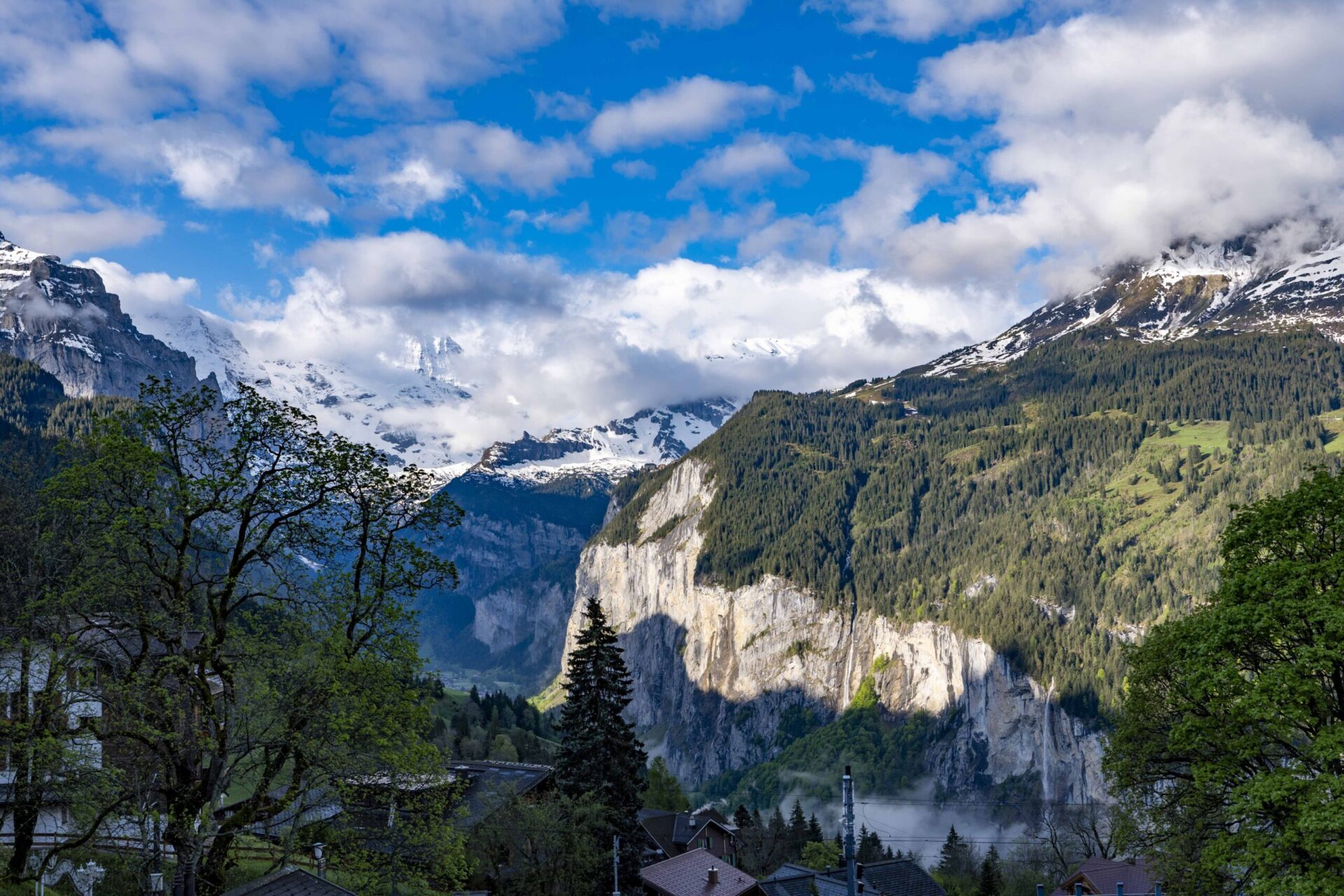
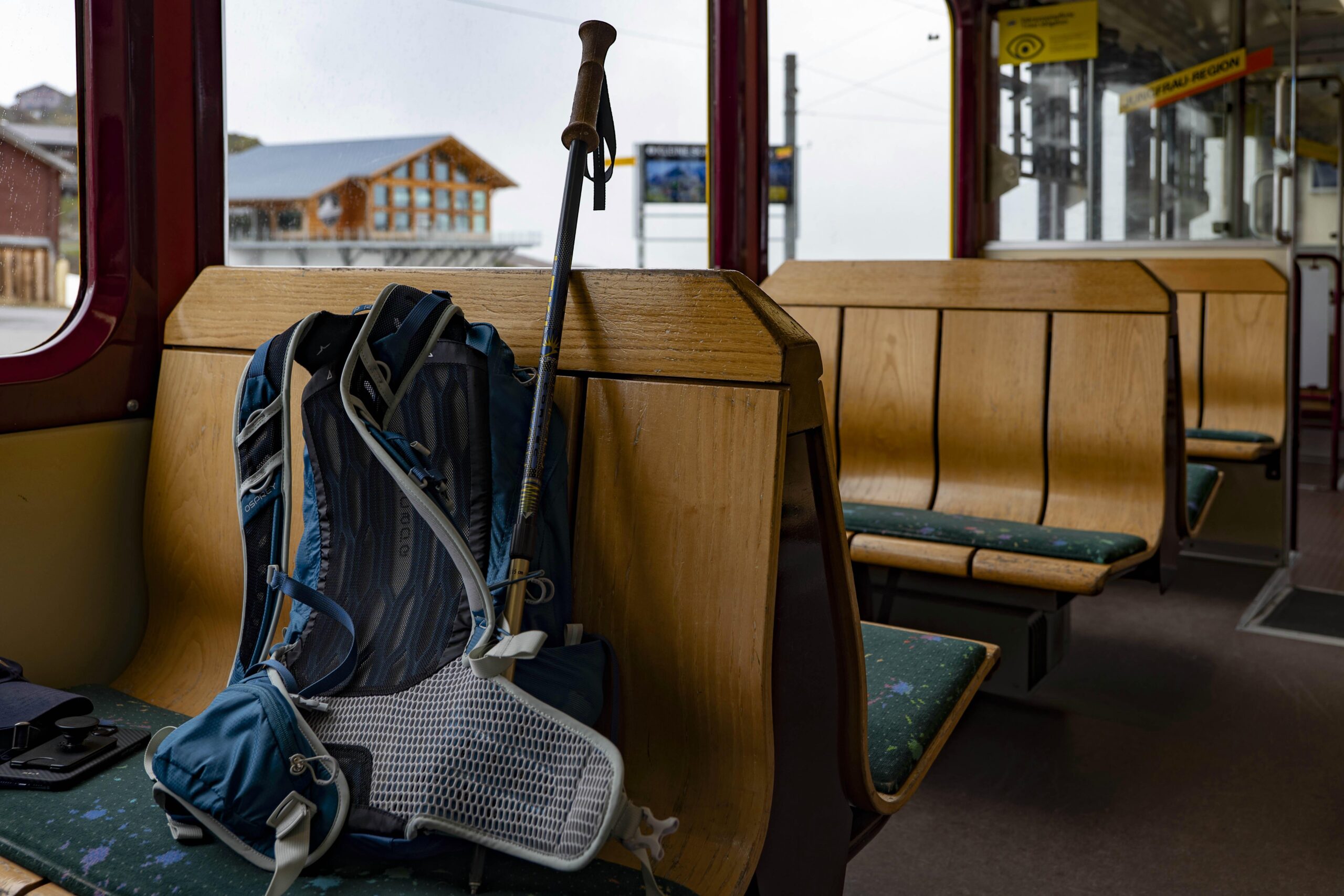
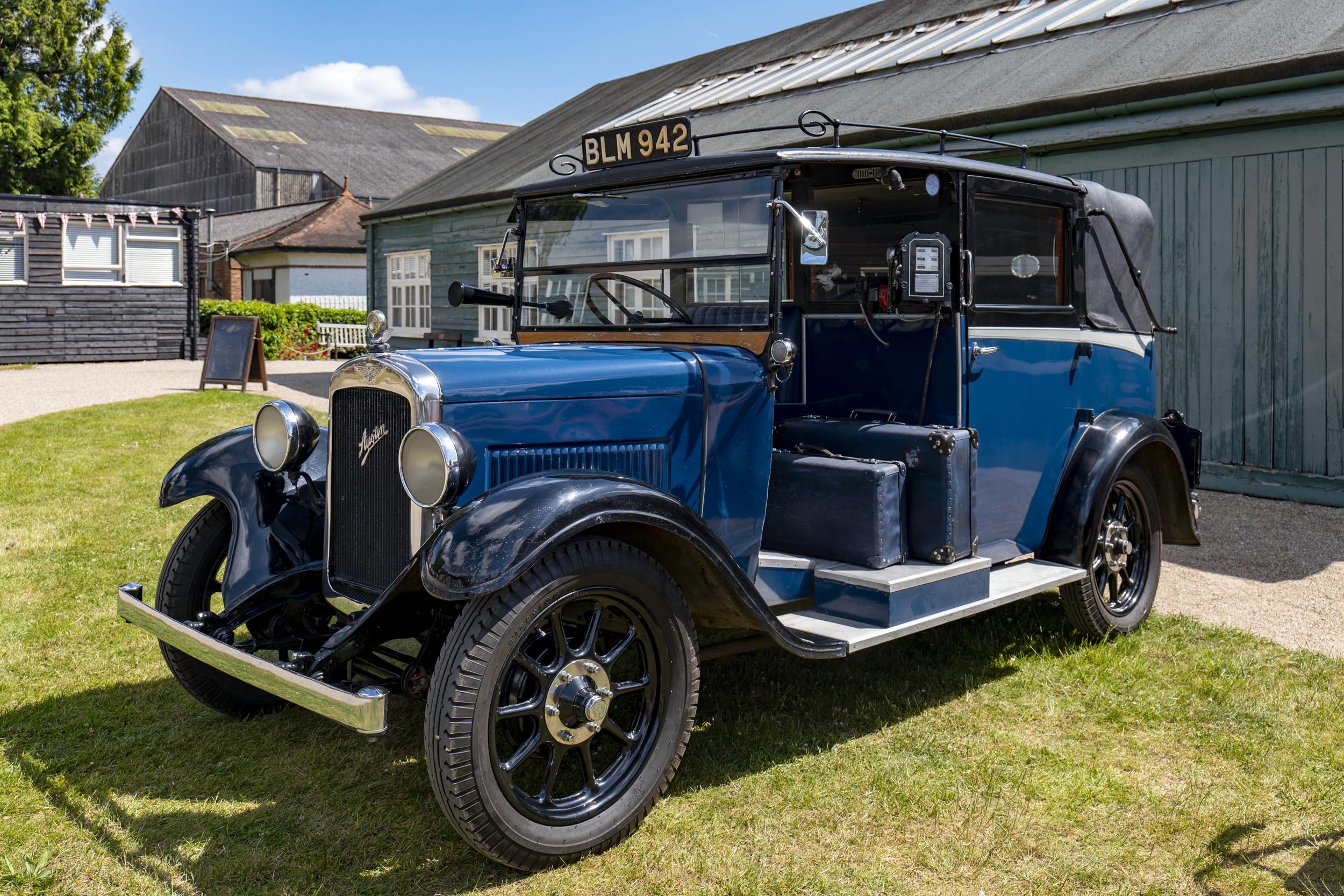
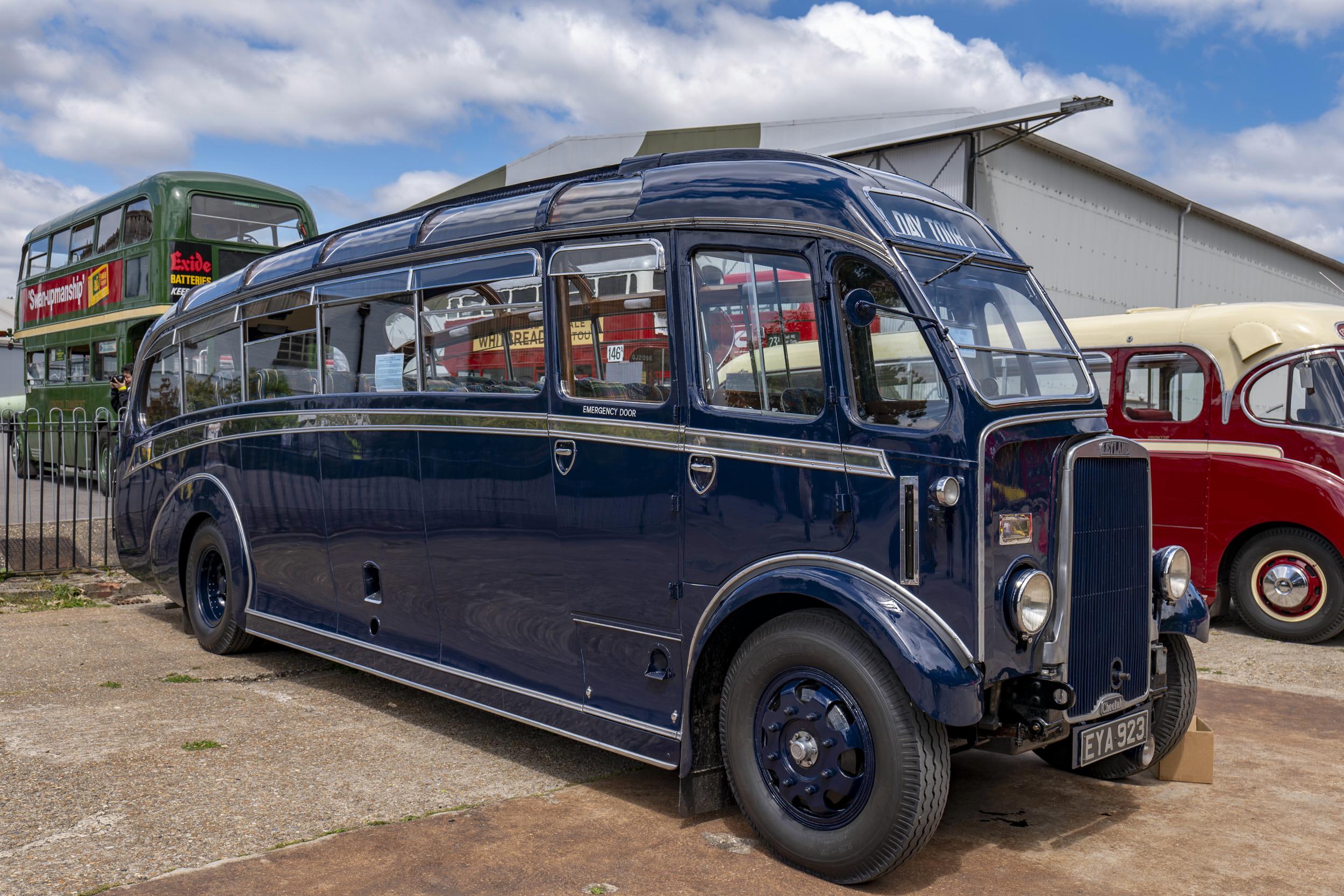
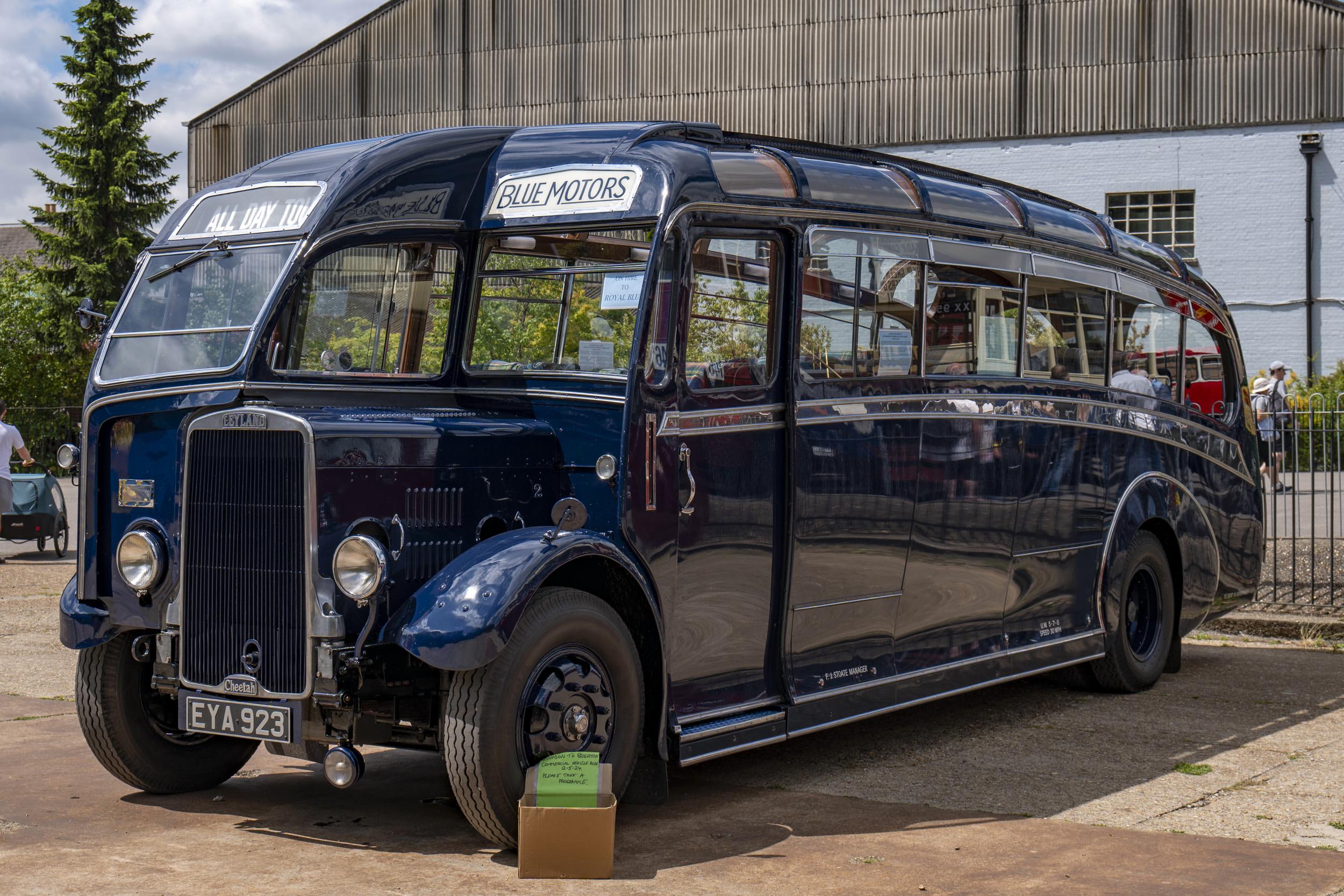

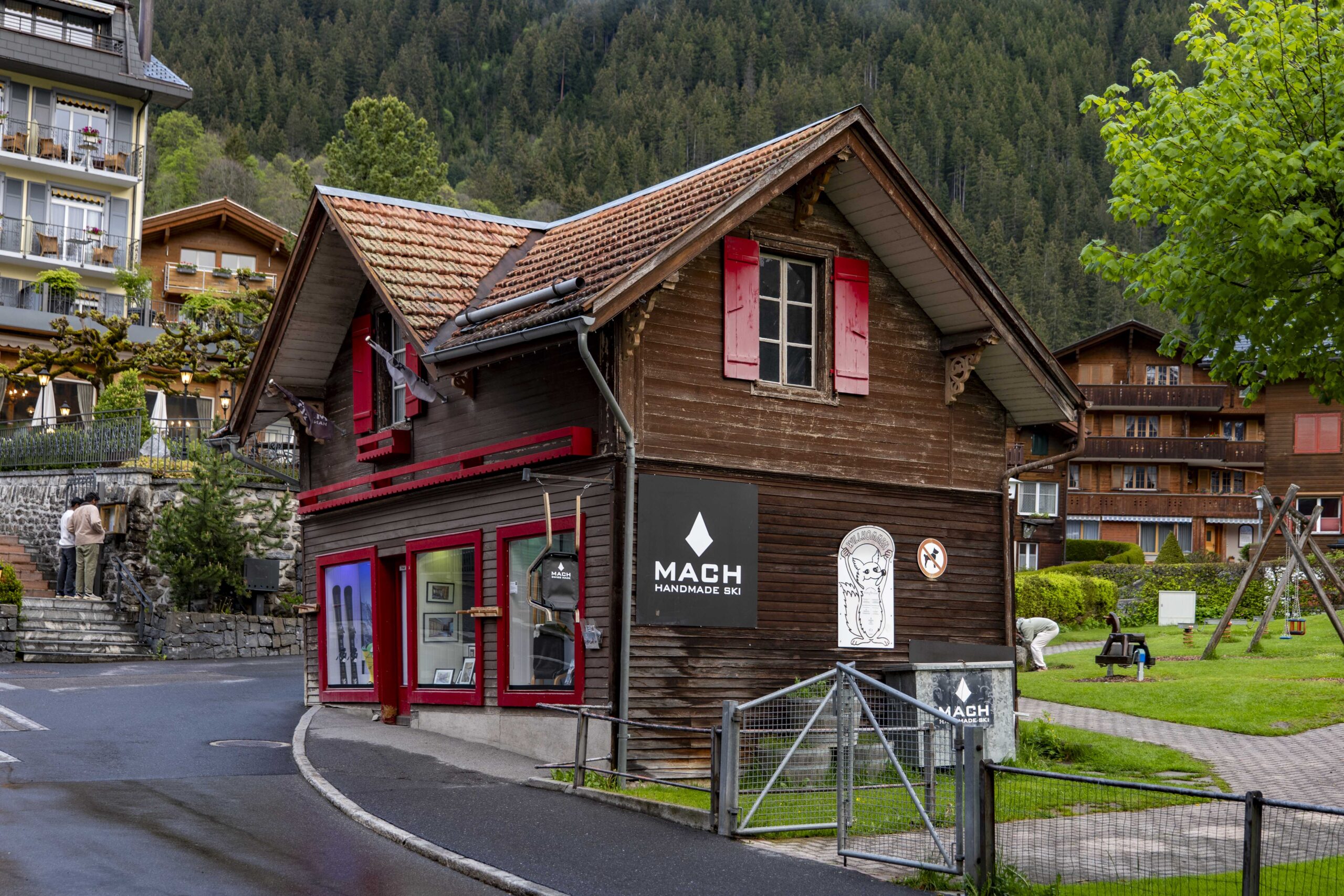
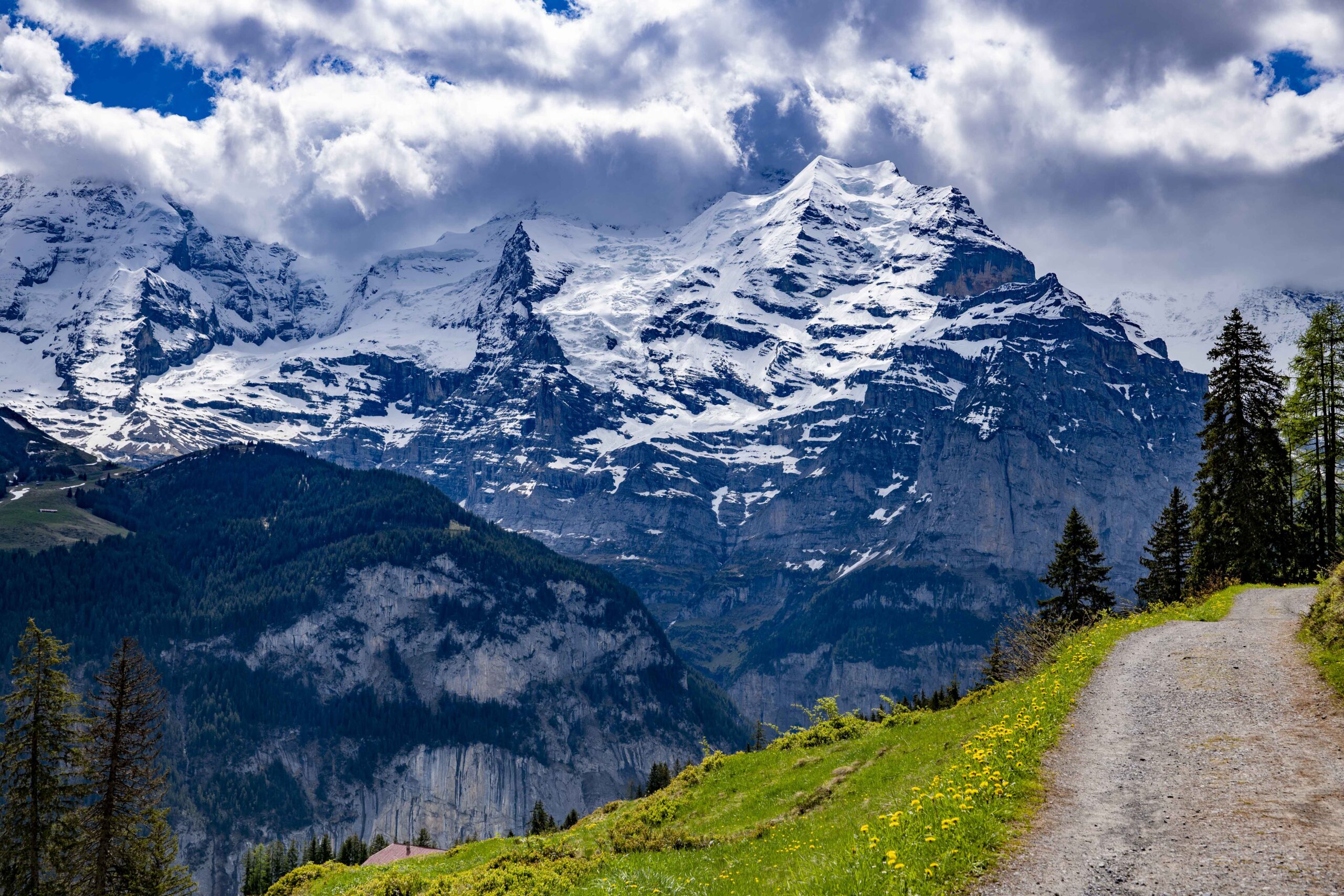
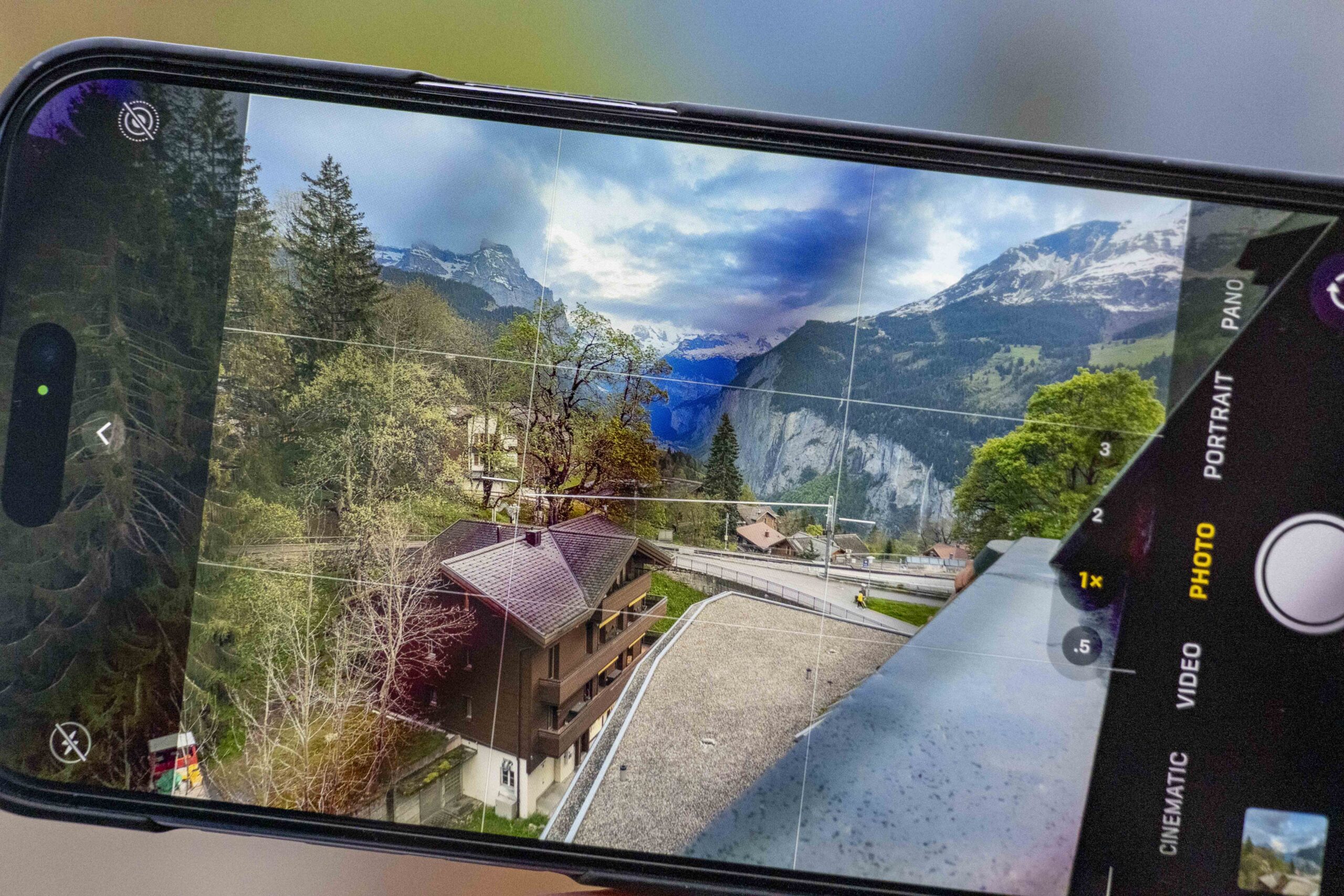





Dear Keith,
thanks a lot for this review. I have an “old” S5 which is my L-Mount camera I can take everywhere because it is a small kith with the 20-60 and the 70-300 and, at the same time, not as precious as a Leica SL kit. I was always happy with the S5, and it is possible to overcome the generally known weak points (AF, EVF). However, your article made me think of upgrading. Unfortunately, the old S5 is only worth a few hundred Euros (another point where a Leica is in advantage), so it would be an addition to my L-Mount gear in fact. The Leica SL2 excels in perfectly supporting M-Mount lenses (including lens profiles) and better cropping options. So maybe I wait what the S1 successor has to offer… At any rate, thanks also to Mike for the images.
All the best, JP
“My S5 is only worth a few hundred euros”. But it only cost a few hundred euros. Even with Leica’s lower percentage depreciation, the total ownership cost of the Leica will be much greater than that of the Panasonic.
That‘s right, Mike. From a purely financial point of view, a Panasonic/Sigma kit is the most sensible solution within the L-Mount world. As are most of the third-party M-Mount lenses I have reviewed so far for the M Files. And if you invest the money you have saved on the gear in, travel or time, you are also likely got get better images… But I don‘t want to be a heretic, of course. JP
I think it all comes down to head and heart. The head makes a convincing case for the S5II or similar, the heart draws one to Leica. And if the Leica gear gives pleasure and satisfaction, not to mention similar or (unheretically better) results, it’s all down to personal choice. There is no right or wrong in this. And if one has no problem in tying up the capital cost of the Leica equipment, the good resale value means that whole-life cost can be similar. Horses for courses, as we say.
Keith
It looks like we are walking similar paths with regard to the Leica SL2. You moved on from using the SL2 with 24-70 lens to the Lumix S5II, and I have traded my 24-70, plus I am looking to see if there is a viable alternative to the SL2. One aspect where I jumped first is, I added a Lumix S5 to my kit when my SL2 needed to be returned to LeicaUSA for service.
I do agree with you about the Leica SL2 EVF. I have recently compared cameras in the Canikony world and most of the EFV’s being used do not compare to the experience provided by the Leica.
I will look forward to seeing and reading about your experiences with the S5II.
Concerning your question about the performance of M-mount lenses on the Lumix body. I am not sure that the sensor configurations are different between the Leica and Lumix bodies. From my experience, I think Leica is using lens profiles to correct lens interactions with the sensor, that are not available in the Lumix bodies. In addition, I have noticed that using Lumix lenses on my SL2 has a similar situation, Lumix lenses have corrections that are not available on the Leica body.
If I may be forgive for pointing to a different website. I have an article at dearsusan.net that details some of my observations.
https://www.dearsusan.net/2024/06/09/1365-a-seattle-jewel-for-the-aviation-buff/
PaulB
The S5II is undoubtedly one of the best value-for-money propositions on the market. A question. I keep reading that the PDAF of the S5II is a significant improvement whereas the PDAF of the SL3 not so much or much less so. Any idea whether this is indeed the case and if so why this would be the case?
I can only speak for the S5II and I agree with other reviewers that the phase-detect AF is a big improvement over the original S5. I haven’t yet tried the SL3 and naturally assumed there would be a similar improvement. Any SL3 owners like the comment on this?
Hi There Mike
I haven’t tried the S5II, so I can’t really comment. However, although the SL3 AutoFocus is certainly improved over the SL2, it isn’t really a game changer. . . . .